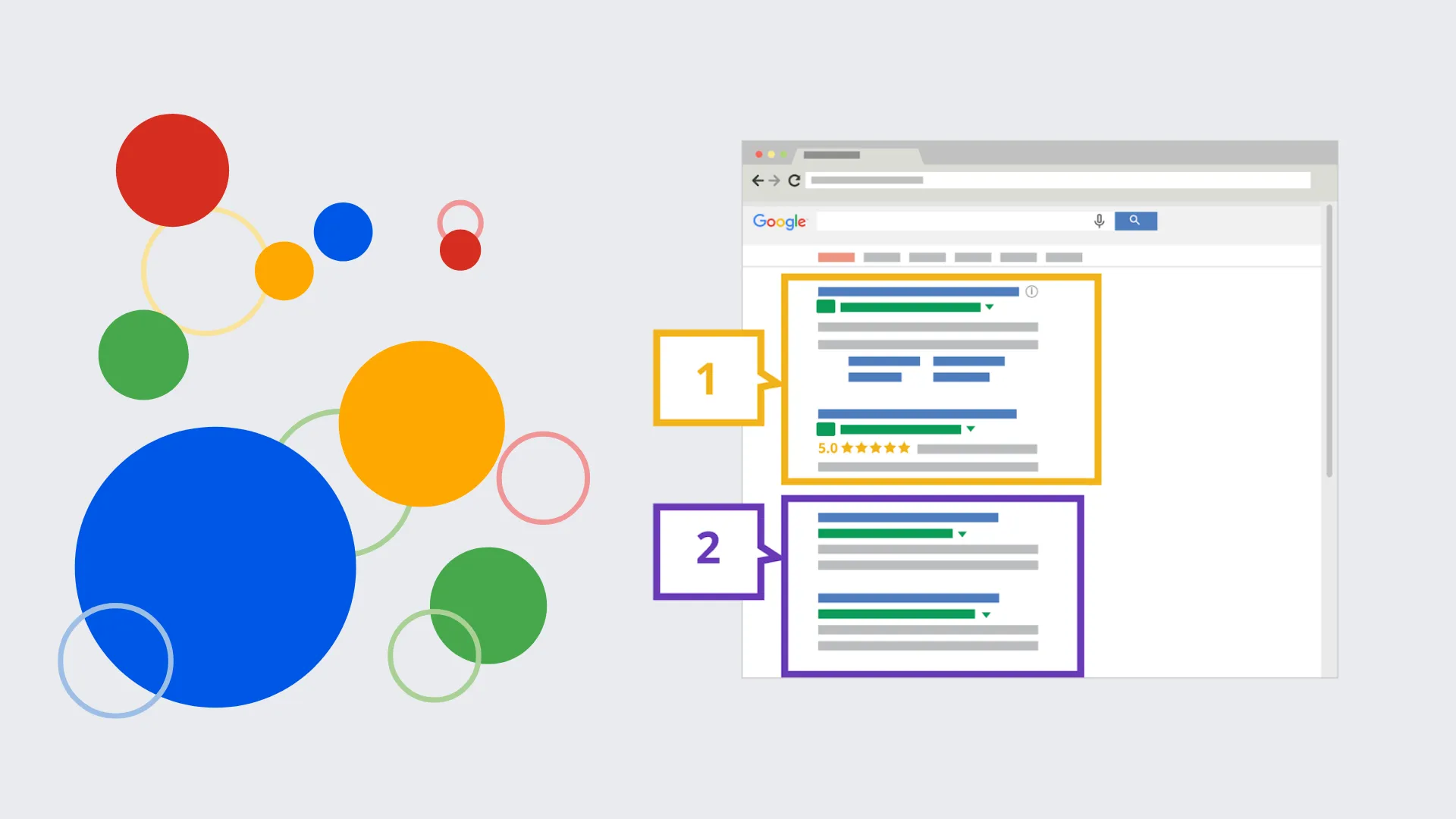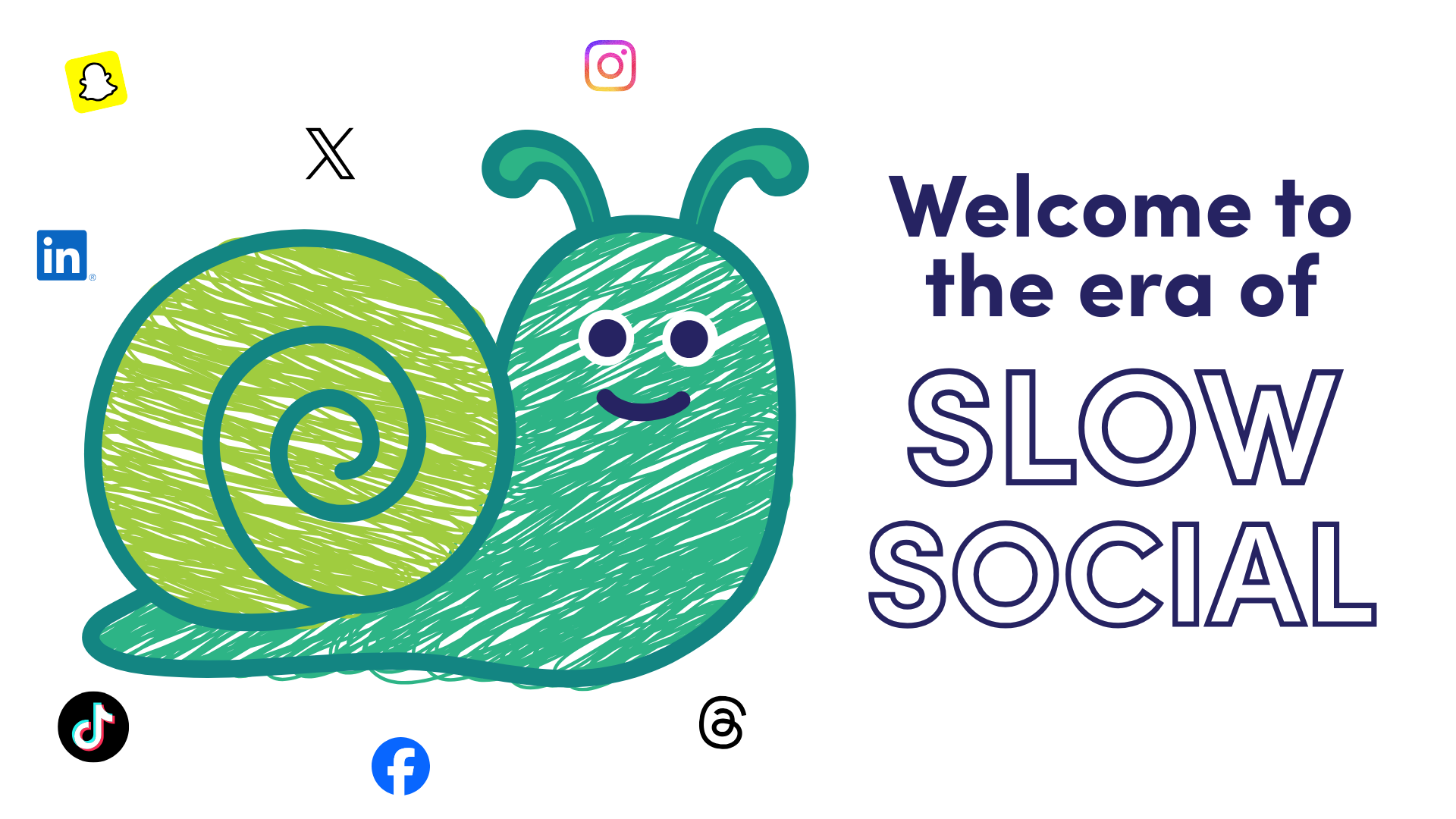Consumers are becoming more emotive in their buying decisions and are craving genuine connections with brands. Enter low-fidelity (lo-fi) content. More than just a passing trend, lo-fi content has proven to be a powerful strategy for building deeper and more authentic relationships with audiences.
What is low-fidelity content?
Lo-fi content is raw, unpolished and authentic, resembling user-generated content that is currently thriving on social media platforms.
It’s the antithesis of the polished, high-spec, high-fidelity (hi-fi) content that once dominated the advertising world.
Historically, brands – especially medium to large ones – have rigidly adhered to style guides to maintain a flawless image. But times have changed. Today’s audiences are gravitating toward relatable, authentic content, demanding less perfection and more humanity.

Why lo-fi content should lead your digital strategy in 2025
Lo-fi content isn’t just a cost-effective approach; it’s a strategic tool that offers significant benefits:
1. It builds trust with consumers
Modern consumers, especially younger ones, are discerning and value transparency. Lo-fi content allows brands to share their authentic selves – highlighting their values and engaging in meaningful conversations. This approach builds a loyal community of followers, transforming brands from product-sellers to trusted allies in the audience’s consumer journey.
2. It’s showing increasing engagement
A 2024 HubSpot Social Media Marketing Report revealed that over 60% of consumers prioritise authentic, relatable content over polished visuals. Lo-fi content doesn’t just resonate – it performs. One study found lo-fi videos garner 40% more views than their hi-fi counterparts. With social algorithms rewarding high engagement, this boosts both visibility and reach for brands.
3. It’s time efficient and agile
Unlike stylised productions that can take weeks or months to perfect, lo-fi content thrives on immediacy. Its raw, real-time nature allows brands to capitalise on trending topics and cultural moments instantly, keeping their content relevant and timely.
4. It reduces production costs
In an era of tightened budgets, lo-fi content is a marketer’s ally. Its minimal styling and editing requirements make it a cost-effective alternative, whether produced in-house or through a content production agency.
The role of brand storytelling
While lo-fi content embraces spontaneity, it should still align with your brand’s overarching narrative. A mix of lo-fi and hi-fi content strikes the perfect balance, ensuring your brand’s story remains consistent while appealing to diverse audience preferences.
Foundational marketing principles – such as clear messaging and strategic planning – are just as critical in this space. Effective lo-fi content is curated with purpose, contributing to a cohesive online and offline strategy.
Lo-fi content is the future of marketing
The lo-fi revolution is reshaping how brands connect with their audiences. As we head into 2025, the brands that embrace authenticity and prioritise value-driven content will emerge as leaders.
At Aston Digital, we’re here to guide you through this transformation, helping you create content that resonates, engages and builds genuine connections.
Let’s embrace the lo-fi revolution together.

Once upon a time, Black Friday was a single weekend event that followed Thanksgiving in the U.S. It's basically their version of Boxing Day sales but with [...]

People are opening your emails. They’re clicking your links. But… they still haven’t converted. You're first reaction is probably, "My emails aren't working." But that's not actually [...]

We’ve entered a new era of marketing - one where your content is no longer just read by people. It’s interpreted by AI. From Google’s Search Generative [...]

For months, we’ve all been wondering what the future holds for Google Ads with AI Overviews and the new AI Mode changing the way people interact with [...]

It’s not your imagination - social media feels a little quieter these days. Posts that once racked up likes, comments and shares are now met with a [...]

Something has shifted online this year, and if you work in marketing, you’ve felt it. Feeds feel noisier, yet somehow emptier. Search results loop endlessly. Trends peak [...]

Engaging with your audience may be more powerful than most social media teams realise. A new data study from Buffer has revealed that responding to comments on social [...]

Once upon a time, Black Friday was a single weekend event that followed Thanksgiving in the U.S. It's basically their version of Boxing Day sales but with [...]

People are opening your emails. They’re clicking your links. But… they still haven’t converted. You're first reaction is probably, "My emails aren't working." But that's not actually [...]

We’ve entered a new era of marketing - one where your content is no longer just read by people. It’s interpreted by AI. From Google’s Search Generative [...]

For months, we’ve all been wondering what the future holds for Google Ads with AI Overviews and the new AI Mode changing the way people interact with [...]

It’s not your imagination - social media feels a little quieter these days. Posts that once racked up likes, comments and shares are now met with a [...]

Congratulations. You’ve already beaten the odds. On average, 8 out of 10 people will read the headline of a piece of content - but only 2 out [...]

AI tools like ChatGPT, Google Gemini and Perplexity are quickly becoming part of how people discover websites. Instead of searching Google directly, users are asking AI tools [...]

We often hear that attention spans are decreasing, particularly among Gen Z. Social media platforms like TikTok and Instagram are often blamed, with headlines suggesting that endless [...]

